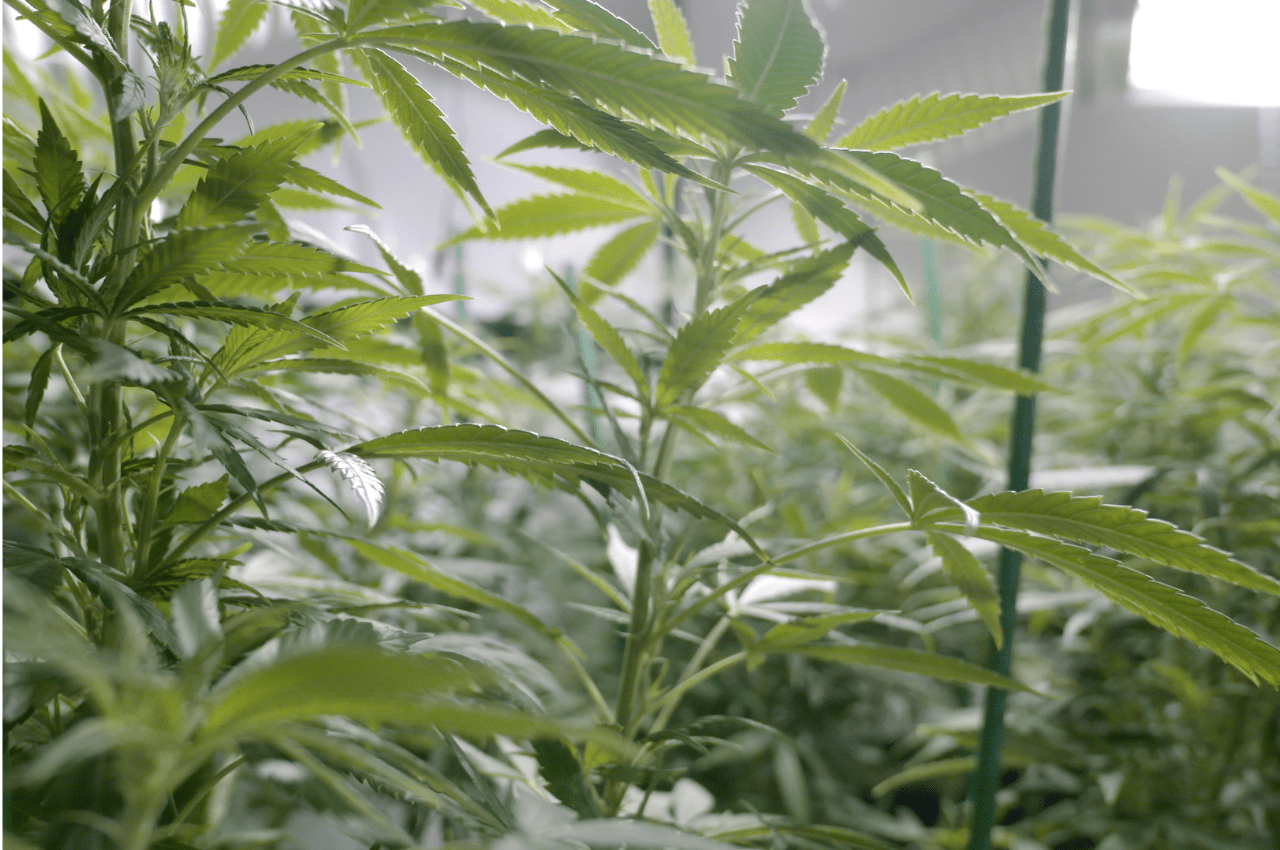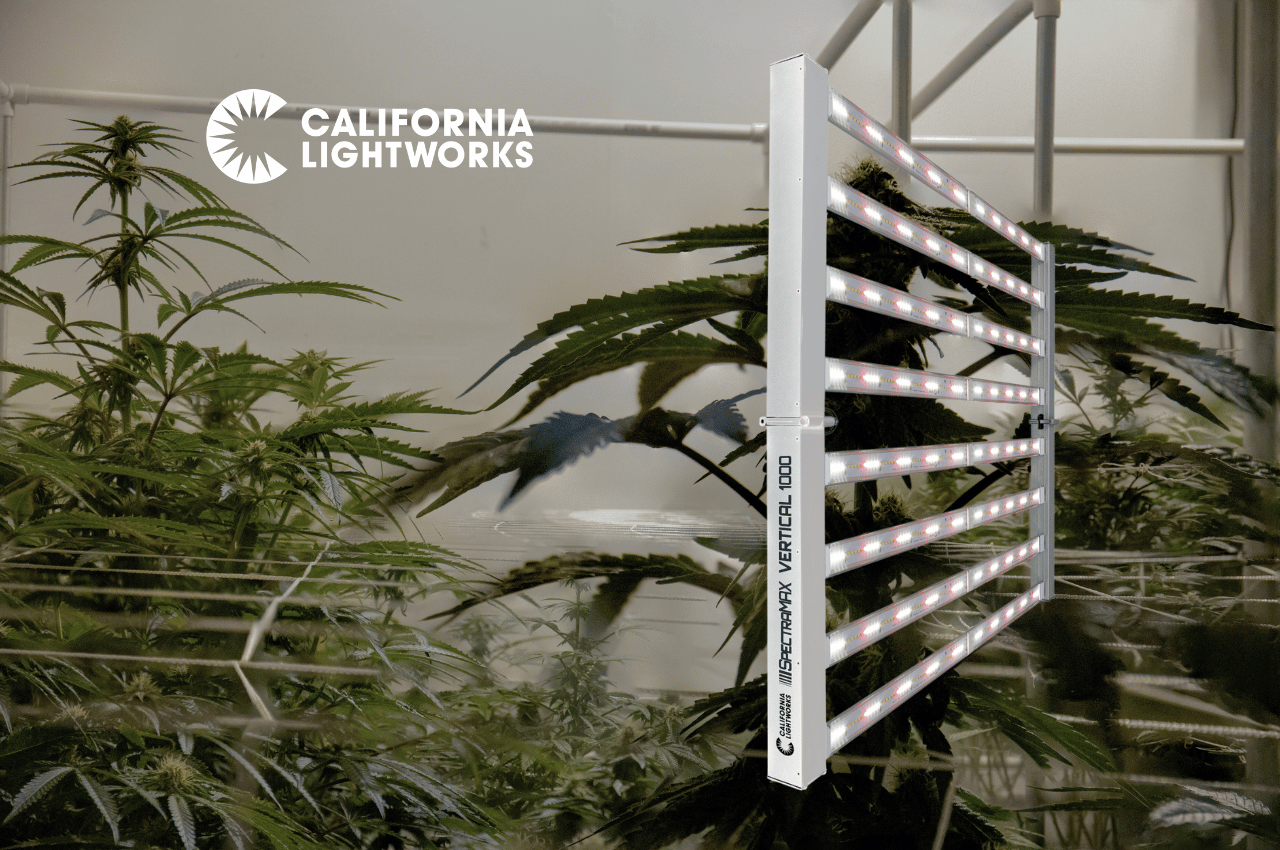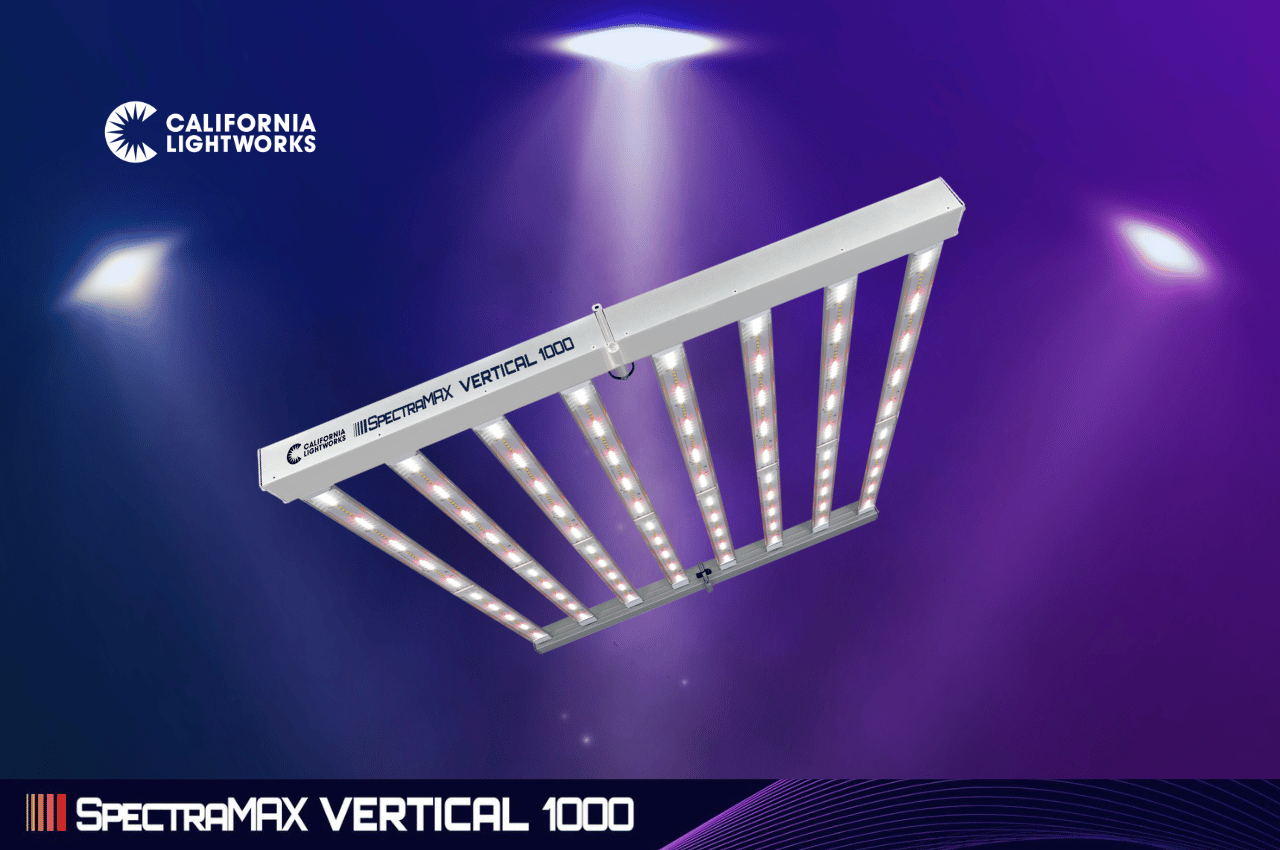LED lightning is a huge financial investment. While LEDs energy efficient nature means they save you money in the long run, fixtures can cost thousands of dollars upfront. Suffice to say, the last thing you want to do is invest in shoddy equipment.
The best way to ensure you are working with a good supplier is to check what information is provided on your lights. A trusted supplier will list relevant information such as safety certifications, third party lab results, and example lighting layouts. You can also gauge a seller’s reputation by reading reviews, case studies, and any press publications you can find.
While nearly any manufacturer can fudge claims to make their lights look better than they are, there are a few obvious tells to be aware of when making a purchasing decision. Those new to growing or just making the switch to LED lighting should be aware of a few rules of thumb. Below, we will go over some major red flags that reveal a manufacturer is unreliable.
Irrelevant Information
Oftentimes, manufacturers list information that does not really matter on their packaging label. While the information may be technically accurate, it does not tell you much about the lights. You might see information such as the voltage and current at which the LEDs operate and “LED wattage,” which is the sum of the max wattage ratings of the LEDs times the number of LEDs.
Why is this a red flag? Simply put, it is not very useful information and does not really tell you much about the quality of the light itself. It is essentially empty jargon and often included as filler material by manufacturers who do not understand how their lights operate or have not run enough tests to have adequate information on them.
A good provider will display knowledge regarding how lights actually work. Look for information such as:
- PPFD (we’ll go into more on this specifically below)
- Example lighting layouts
- Third-party photometric lab results
- PAR photon efficiency (umol/J)
- IP65 grade
- Safety certification
If this kind of information is included, this is an excellent sign you are working with a manufacturer with a strong understanding of LED lighting technology who should be able to answer any of your questions and address concerns.
The Number Of Emitters Is Listed
One of the most important aspects of LED lights is the photosynthetic photon flux density (PPFD). This measures the amount of photosynthetic available radiation (PAR) that actually reaches the canopy. In other words, PPFD is a measure of how much usable light your plants actually receive.
There is not an ideal metric for PPFD as the needs of your plants depend on the species of your crop and the size of your grow operation. What is important to know – when verifying you are working with a good manufacturer – is two things. First, they will list PPFD. Second, you will be able to verify the PPFD listed is accurate through your own independent research.
This both shows transparency and demonstrates a manufacturer has a fundamental understanding of how LED lighting works. The fact is, it does not really matter what it takes to produce PPFD so much as the final output.
Some manufacturers – instead of being upfront about PPFD – will list the number of emitters and the currents at which they operate. If this is listed instead of PPFD, you can consider this a red flag.
Why is this a red flag? Quite simply, it illustrates the manufacturers lack a fundamental understanding of how grow lights work. They also may not even know the PPFD of their own lights as they have not bothered to do the research and run tests themselves. This can cause problems in the long run as it indicates that customer support is limited and questions will go unanswered.
Drop Ship Direct Suppliers
There are many different categories of suppliers for LEDs.
There are research and development companies that design, test, and prototype their own lights. Larger well-funded companies often distribute lights on a large scale and have existing relationships with major vendors. There are also smaller, more independent companies that often work slightly slower – it may take a bit for your lights to be delivered – but usually create a high-quality product.
One type of supplier you want to avoid is something called “drop ship direct.” These are companies that ship LED lights directly from overseas and do not maintain their own inventories. These companies often offer cheaper products and are an example of the adage, “You get what you pay for.”
Drop ship direct suppliers do not have a lot of technical expertise, so they may not provide quality products. They also have limited customer support. If your fixture breaks or arrives damaged, it can be difficult to reach customer service.
At California Lightworks, we strive to provide exemplary customer service to all our customers. If you have an issue with your lights – or simply want some professional guidance – don’t hesitate to reach out anytime.
Crop Yield Improvement Claims
It is not uncommon for marketing materials to include case studies about how specific greenhouses and indoor grow operations have benefited from their lights. (You can read our case studies here.) This will often include data specific to those companies and situations regarding crop improvement.
Some manufacturers, however, will list broad crop yield improvement claims without offering case studies or other data to back them up. These claims are often drawn from a single clinical trial that may not be replicable.
Also, everyone’s grow setup and circumstances are different. No LEDs – even high-quality options – will get the same results across the spectrum. Broad crop yield improvement claims generally indicate two things.
First, the lights probably have not been adequately tested. Two, the manufacturers may not have an in-depth understanding of how LED lighting works. Much like including irrelevant information, crop yield improvement claims can be an indication a company is overselling their product.
The Bottom Line
When it comes to LED lighting manufacturers, you want to work with suppliers who truly understand the ins and outs of their products – especially if you are new to the industry yourself. A good supplier does not just sell consumers lighting. They make a concerted effort to help walk buyers through the process to ensure that they have a good experience.
Jargon-heavy product descriptions and a lack of good customer service are generally considered red flags in the LED lighting community. Doing a little research ahead of time to understand what information is truly relevant is the best way to protect yourself from working with a bad manufacturer. With a little research, you can find the right lights sold by the right suppliers.







